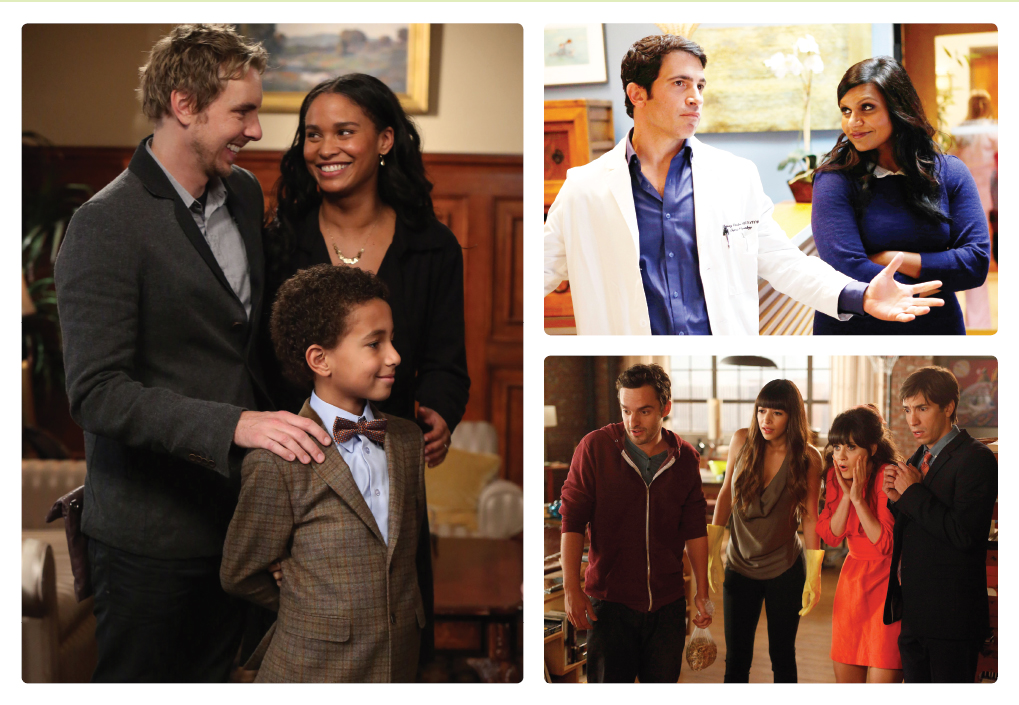Enhancing Your Nonverbal Expressiveness
Nonverbally expressive people accurately convey their feelings and attitudes through their nonverbal communication (Riggio, 2006). You know when they are happy, worried, or excited, because they smile, wrinkle their brows, or increase their speech rate (respectively). On the other hand, people who have trouble expressing themselves nonverbally are difficult to read and may often be misunderstood. For instance, if you have a blank facial expression during a romantic crisis, your partner may conclude that you don’t care about what’s happening. Or if you fail to gesture decisively and speak loudly enough while making a sales pitch to potential clients, they may assume that you’re not enthusiastic about the product you’re selling.
NONVERBAL EXPRESSIVENESS

To improve nonverbal expressiveness, strengthen your awareness of your own behavior (Knapp & Hall, 2002) by soliciting feedback from others and observing yourself. For example, ask a trusted friend, mentor, or teacher how your nonverbal behavior comes across when you’re communicating inter-personally, in small group settings, or while giving a speech. Do you project confidence or seem nervous? What does your posture say about your level of involvement with the conversation, the other person, or the topic of your presentation? How does your voice sound, and what messages does it send? If you are giving a speech, you can improve your expressiveness by rehearsing in front of a mirror or by viewing video of your performance. Chapter 15 explores specific nonverbal behaviors to use during presentational speaking.